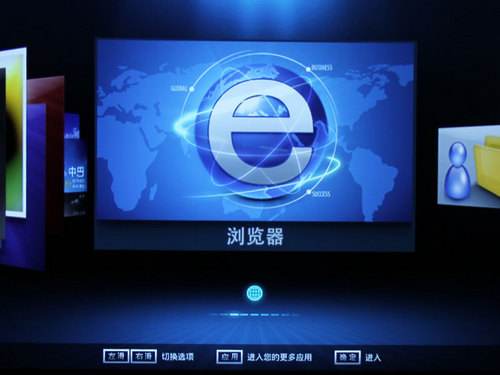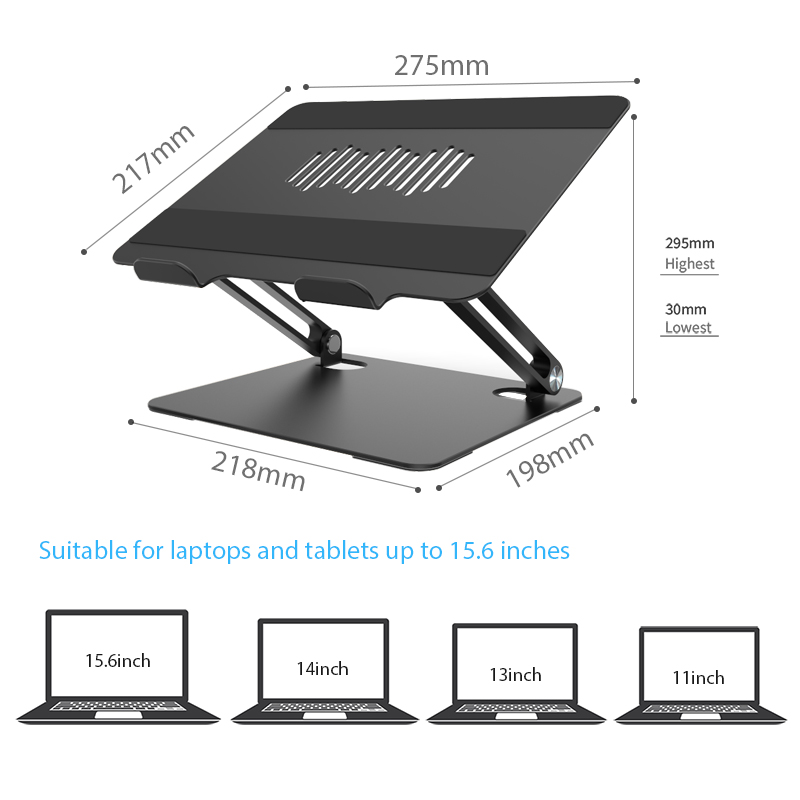2017 is the first year of AI color TV products. The so-called AI color TV is a new TV product that can understand everyone's language, execute language commands, and even talk freely with everyone. Statistics show that nearly one-quarter of the new color-type motors in 2017 are equipped with voice intelligence.
At the beginning of 2018, the voice intelligent AI TV was further upgraded. The industry expects that the proportion of newly released color TV products equipped with AI voice technology in 2018 will rapidly rise to over 80%, that is, except for a few products with low price, most new products will become smart TVs. Intelligent voice is entering a "new phase" of rapid development.

On January 29th, as the second new product launched by Xiaomi TV in 2018, Xiaomi Box 4 was officially released. Its biggest feature is the direct preset artificial intelligence voice system. The smart box product is a key tool for “storing the old TV experience upgradeâ€. About half of the domestic color TV users use smart boxes, OTT boxes, IPTV boxes and other products to access the TV network. The Xiaomi Box 4 marks the new stage of the development of the key “smart voice†in this “stock†market.
Another new consumer product of smart voice technology is the "smart speaker." At the CES show in 2018, Baidu showed three smart speaker products. This product is also a must for international giants such as Samsung, Apple, and Google. In the domestic market, the Tmall also launched smart speaker products in mid-2017. At present, the best development of the smart speaker industry is the US market: in the United States, nearly one-sixth of the people (more than 50 million) in 2017 have smart speakers, and this number has more than doubled in 16 years.
From the domestic market, smart voice boxes, smart voice speakers and smart voice TVs have formed three platforms for home and personal consumption of "smart voice" applications. And the potential market size of each category is "ten million units." However, compared to the smart phones, the three categories are really “small†compared to the smart phone application. Mobile phone products have been using voice input, voice operation and other technologies for a long time. Among them, more than 60% of users often use voice input. However, as a handheld device, the application of voice operations on mobile phones is not obvious.
In addition to the above consumer electronic devices, the home appliance industry is also optimistic about the development of "home appliance embedded intelligence" technology such as "air conditioning" voice intelligence, the sound perception of range hoods and the automatic operation of soot perception. Air-conditioned people said that the combination of voice-controlled air-conditioning products and environmental automatic sensing technology can bring a better operating experience, better operation-free automatic environmental control experience and avoid idling energy-saving effects.
As the most important communication method for human beings, the development of voice technology has clearly become an important innovation circle in the consumer electronics industry. The colorization of color TV products has become an important industry trend and is rapidly becoming popular.
Voice intelligence is amazing, how to make it really easy to useMany people think that smart TV voice technology is "add more software." However, real product development is more complicated than "one software."
To achieve voice interaction, you first need to equip the device with a "microphone", which is a "pickup" product. Unlike our general conference speech, KTV Entertainment's microphone, the microphone of a smart voice TV must have three technical features. The first is that the far field effect is good. That is, at least 5 meters away, it can accurately identify daily conversations and even identify voices that are low in voice but clear. This is quite different from the application of mobile phones, KTV, live broadcast, and conference room microphones.
Second, the smart voice technology microphone must be "omnidirectional pickup." Since the voice communication is not "the mouth is blowing against the microphone", the "angle relationship" between the communication personnel and the microphone and the like is very different. For example, if a smart speaker is placed on the coffee table, then he needs to recognize the sound within 360 degrees. As a result, smart voice products typically use a “multi-grain coupled†array for omnidirectional global pickup.
Third, the microphone of intelligent voice technology must have a high "signal to noise ratio." That is to be able to combat a variety of noise interference. Far-field and omnidirectional pickups further increase the test of the microphone signal-to-noise ratio.
However, for intelligent voice devices, the biggest technical requirements are obviously not in the "harsh pickup technology", but in the understanding of "speech to semantics". The purpose of the intelligent voice device is to understand the specific meaning of the other party. This is completely different from the traditional conference, KTV, telephone and other scenes, the microphone and voice system is only responsible for the "handling the sound as it is".
What are the difficulties in recognizing the meaning of speech? For example, it is necessary to distinguish "who is talking and who is talking" from multi-person speech, especially multi-person dialogue in the home environment, and the sound of the audio-visual content being played. This involves an identification and authentication technique called voiceprint (similar to the functions of fingerprint recognition, face recognition, etc.). For another example, not everyone is a "news broadcast" standard Mandarin app: accent, dialect, mantra, and these treatments have a lot of "personality" and "difference." This requires an intelligent voice system to learn and upgrade itself to accommodate the linguistic features of the "owner." The latter involves advanced intelligence technologies such as machine learning.
Of course, the smart voice technology TV is not "one person is fighting", this TV is first of all a kind of "network TV." That is, voice technology can get more powerful "support" from the network. Including, the upgrade of smart programs and algorithms, remote access and use of personal language features and habits, remote cloud computing to provide more powerful algorithms and understanding of computing power, support for more "potential application" development and so on.
In summary, the upgrade of AI voice TV is not simply adding a software. And with the further development of voice and artificial intelligence technology, it is an irresistible trend to introduce specialized intelligent coprocessors, neuron processors, and the underlying architecture to change traditional products. The integration of voice technology and color TV products will be a systematic product technology system innovation.
With AI voice, what does color power do?The enthusiasm of color TVs and other consumer electronics and home appliance companies in AI voice technology is sufficient to illustrate the "strategic" and "important significance" of this technological advancement.
For now, the color TV AI voice function is more of a role as a substitute for the "remote control." Many times it is "very annoying" to find the remote control, the remote control is broken, and the remote control is out of power. The color TV industry has been trying to find a "remote controller replacement." In the early days, the techniques of body language and space-touch were developed. However, this technology experience accuracy and wide-ranging interaction are not friendly and have not become mainstream.
The products using voice technology can not only directly call the content of the program menu in the color TV menu, TV station and TV network, but also realize the text input and directly query the "non-standard menu" content indexed by the text information on the network. In other words, voice technology not only "replaces all the functions of the remote control", but also "creates functions that the remote controller is not good at (such as text input) and non-existent (voice conversation)."
From the perspective of future development, voice intelligence technology will open up some new application scenarios for color TV products. The role of traditional color TV is mainly video entertainment - that is, the content is always transmitted in one direction. However, voice technology can make color TV a "key node." As a voice interaction and information processor, color TV can become the "centralized brain" of other smart home products. As an input terminal for connecting to the cloud system, color TV can rely on more powerful computing and knowledge energy behind it, “talking with viewers, pulling homeâ€, and even more active behavioral functions, entrances and interfaces of a large number of Internet applications...
In a sense, the color TV of intelligent voice technology is just a window in which the color TV really enters the era of “human-machine intelligenceâ€. This is a clue to the system network of “smart applications†for the entire home, life, family and personal; and the cloud storage, computing and knowledge systems behind this network. Color TV companies are highly optimistic about the development of AI TV, precisely because of the huge "potential" behind voice TV.
Even the innovation of speech semantic technology has become an important national strategy. In December 2017, the Ministry of Industry and Information Technology issued a notice on the “Three-Year Action Plan for Promoting the Development of a New Generation of Artificial Intelligence Industry (2018-2020)â€. Among them, "innovative applications supporting technologies such as next-generation speech recognition framework, colloquial speech recognition, personalized speech recognition, intelligent dialogue, audio and video fusion, and speech synthesis" are supported. “In 2020, the average accuracy of Chinese speech recognition in multi-scenarios reached 96%, the recognition rate of 5-meter far-field exceeded 92%, and the accuracy of user dialogue intent recognition exceeded 90%â€; “Multi-language intelligent inter-translation achieved significant breakthroughs. The translation accuracy of products in the context of translation and English translation exceeds 85%"; "The penetration rate of smart TV market reaches more than 90% and other important goals and requirements."
The smart TV revolution started in 2010, making TV Internet a popular and main experience; now the intelligent revolution enters the second phase of "human-machine intelligence" is the first key to voice interaction, opening the door to the future of color TV industry.
Computer Monitor Stand, the multi-point silicone support surface is more non-slip, and the multi-point soft silicone design prevents the computer from scratching while anti-slip. Laptop Stand Amazon is lightweight design, the weight of about 10kgs is equivalent to the weight of a large number of mobile phones, easy to store and go whenever you want.

Monitor Stand Riser,Metal Desk Monitor Stand Riser,Dual Monitor Riser Stand,Universal Monitor Stand Riser
Shenzhen ChengRong Technology Co.,Ltd. , http://www.laptopstandsupplier.com